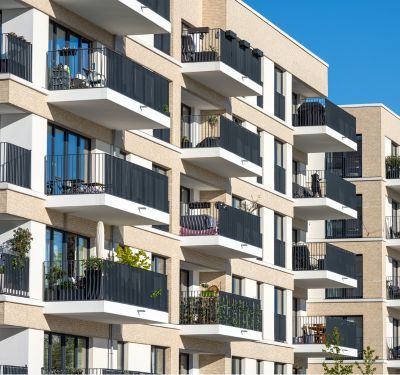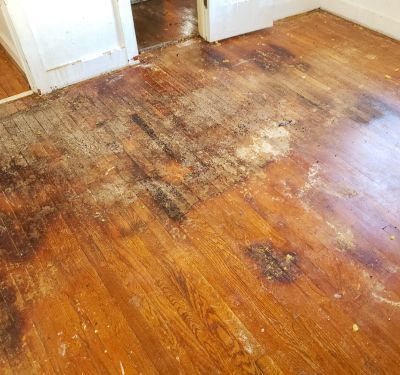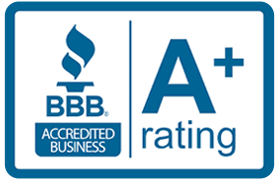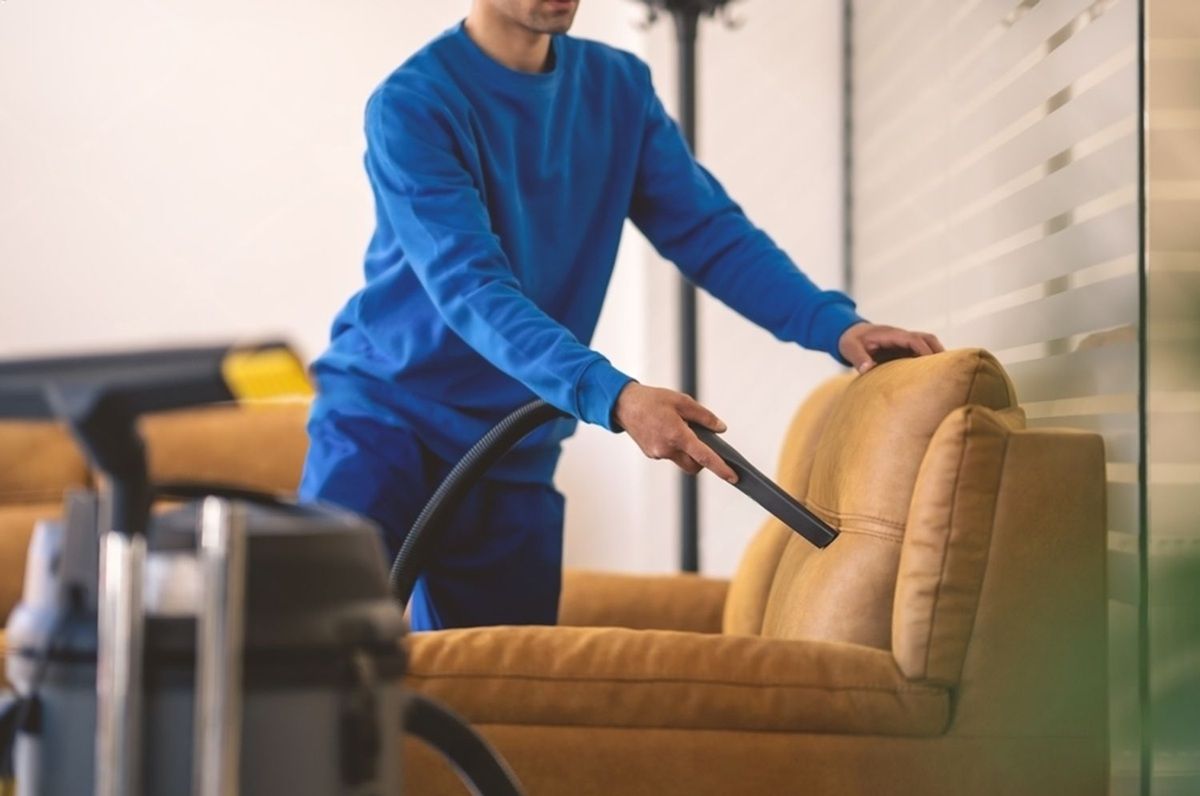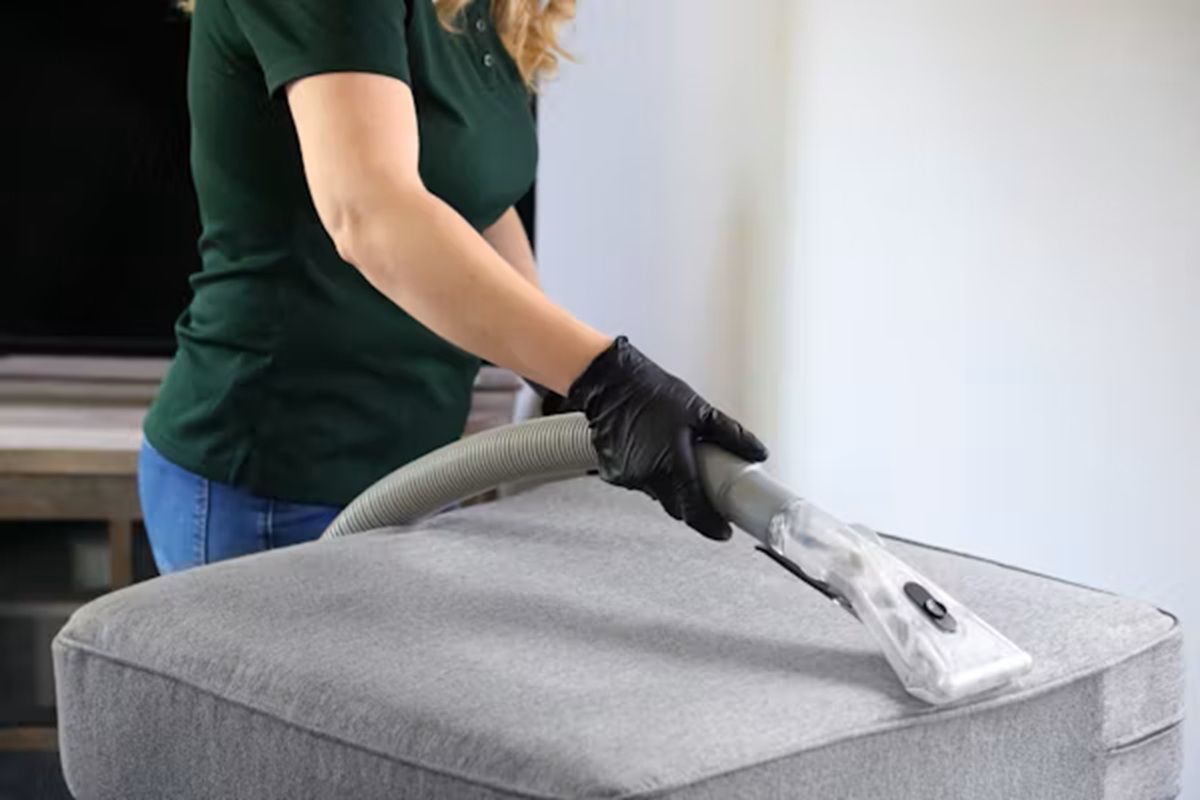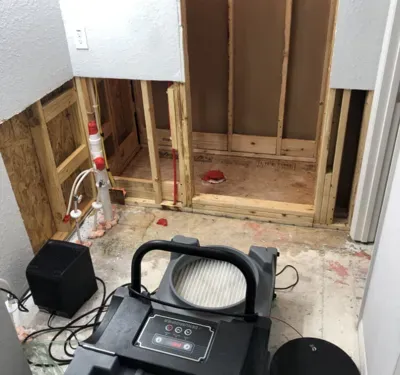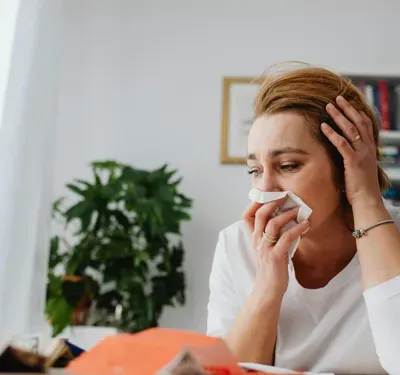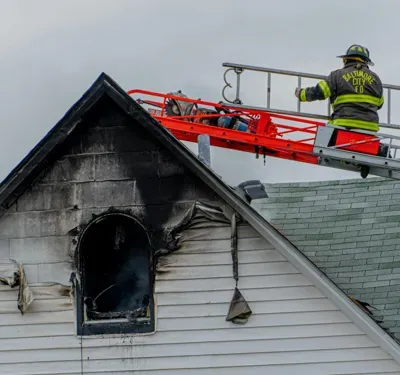The Future of Restoration: How Technology is Changing Mold and Water Damage Restoration
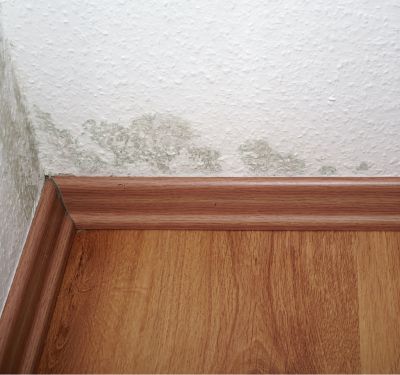
Water damage and mold growth are two of the most challenging issues a homeowner can face. Whether caused by a burst pipe, a natural disaster, or poor ventilation, these problems can quickly escalate. This leads to structural damage, health risks, and costly repairs but thankfully technological advancements are transforming how restoration companies respond to these issues. Better technology means offering homeowners faster, more efficient, and less invasive solutions. In this article, we’ll explore the latest technological innovations in mold and water damage restoration and how they are reshaping the industry for the better.
The Role of Technology in Modern Restoration
Over the past decade, technology has revolutionized the restoration industry. From detecting hidden moisture to automating drying processes, restoration professionals now have access to tools that streamline their work and deliver better outcomes for homeowners.
Advancements in Detection Technology
One of the most critical steps in water damage restoration is identifying the full extent of the problem. Traditional methods often relied on visible signs like stains or warping, but these approaches could miss hidden moisture that causes long-term damage. Enter modern detection tools like moisture meters and thermal imaging cameras.
- Moisture Meters and Thermal Imaging Cameras: These tools allow professionals to pinpoint moisture trapped behind walls, under floors, or in ceilings without invasive methods. Thermal imaging cameras, for instance, detect temperature differentials, highlighting areas where water intrusion has occurred. This precision ensures that no damage is overlooked, saving homeowners from future repairs.
- Infrared Technology: Infrared cameras provide a more comprehensive view of the damage, allowing restoration teams to address hidden problems quickly. For example, early detection of a roof leak using infrared imaging can prevent costly structural damage.
Remote Monitoring Systems
The rise of Internet of Things (IoT) technology has brought new capabilities to water damage restoration.
- IoT Sensors for Water Damage: These small, internet-connected sensors can detect leaks, monitor water pressure, and even track changes in humidity. If a problem is detected, the system sends an alert to the homeowner or the restoration company, enabling rapid intervention and minimizing damage.
- Humidity and Mold Monitoring Systems: Continuous monitoring of indoor humidity levels helps prevent mold growth in vulnerable areas like basements or crawl spaces. These systems offer homeowners peace of mind by ensuring their indoor environment remains safe and healthy.
Innovations in Drying Techniques
Once water damage has been detected, the next step is drying the affected areas. Traditional drying methods often involve prolonged processes, but today’s advancements have made this task quicker and more efficient.
- High-Efficiency Dehumidifiers: Modern dehumidifiers are designed to consume less energy while drying spaces faster. By reducing moisture levels efficiently, these devices prevent secondary damage like warping, cracking, or mold growth.
- Air Movers with Smart Controls: Air movers are essential for circulating air and speeding up the drying process. Newer models come with built-in sensors and smart controls that allow professionals to target specific areas and adjust settings for optimal drying conditions.
- Desiccant Dehumidification Systems: For large-scale water damage, such as in commercial properties, desiccant dehumidifiers are the preferred choice. These systems use a chemical process to absorb moisture, making them effective in extreme conditions.
Mold Remediation Technologies
Mold remediation is another area where technology has significantly advanced, offering safer and more effective solutions.
- Electrostatic Sprayers: These devices apply antimicrobial solutions uniformly, even in hard-to-reach areas. By using electrostatic attraction, the spray clings to surfaces, ensuring comprehensive coverage and better results.
- UV-C Light Technology: Ultraviolet (UV-C) light is a powerful tool for killing mold spores on surfaces and in the air. Integrated into air purification systems, UV-C technology helps create healthier indoor environments by preventing mold growth.
- Dry Ice Blasting: This eco-friendly method involves blasting dry ice pellets at moldy surfaces. Unlike traditional methods that can spread mold spores, dry ice blasting leaves no residue and eliminates the risk of secondary contamination. It’s less abrasive, faster, and ideal for delicate materials.
Cloud-Based Documentation and Reporting
One of the most significant pain points for homeowners undergoing restoration is understanding the scope of work and staying informed throughout the process. Cloud-based documentation and reporting tools are now playing a pivotal role in addressing these concerns.
Project Transparency
Restoration companies can use cloud-based platforms to keep homeowners informed about every stage of the restoration process. This includes uploading progress photos, moisture readings, and other key data that homeowners can access through a secure online portal. For example:
- A homeowner can log in to view the extent of water damage before and after each phase of restoration.
- Detailed timelines help homeowners track project progress and stay aligned with the restoration team.
Insurance Claims Made Easy
Another major benefit of cloud-based tools is simplifying insurance claims. Restoration companies can upload documentation such as moisture readings, drying logs, and before-and-after photos directly to the platform. Homeowners can share this information with their insurance providers, speeding up the claims process and reducing frustration.
Better Communication
These platforms often include messaging systems that allow restoration teams and homeowners to communicate directly. If a homeowner has a question about a specific part of the project, they can easily contact the restoration professional and receive an answer in real time. This eliminates misunderstandings and ensures that everyone is on the same page.
Standardized Reporting
Cloud-based tools also enable restoration professionals to produce standardized reports for regulatory compliance or quality assurance. These reports can be automatically generated and shared with homeowners, offering greater peace of mind and proof that the work was completed to industry standards.
Robotics and Automation in Restoration
Robotics and automation are reducing the labor-intensive aspects of restoration while enhancing safety and efficiency.
- Inspection Drones: Drones equipped with cameras are now being used to inspect water-damaged roofs, large properties, or hazardous areas. They provide detailed visuals without putting workers at risk, and inspections can be completed in a fraction of the time.
- Automated Drying Systems: IoT-enabled drying equipment can monitor progress in real-time and adjust settings automatically. For example, sensors detect when an area has reached optimal dryness, preventing over-drying and saving energy.
The Environmental Impact of Restoration Technology
Sustainability is a growing priority in the restoration industry, with many innovations focusing on reducing environmental impact.
- Sustainable Practices: Many restoration companies now use biodegradable and non-toxic cleaning solutions for mold remediation. These products are safer for homeowners and the environment.
- Recycling and Salvaging Materials: Advanced tools and techniques allow professionals to restore damaged materials, such as hardwood floors, rather than replacing them. This approach reduces landfill waste and lowers costs.
- Energy-Efficient Equipment: From high-performance dehumidifiers to solar-powered tools, energy-efficient equipment is helping restoration companies minimize their carbon footprint.
How Technology Benefits Homeowners
For homeowners, the benefits of these advancements are significant:
- Faster Restoration Times: Rapid detection and efficient drying tools mean less disruption to daily life.
- Improved Accuracy in Assessments: With precise tools and AI-driven software, homeowners receive detailed and accurate estimates.
- Healthier Living Environments: Technologies like UV-C light and advanced dehumidifiers reduce mold growth, improving air quality.
- Cost Savings: Early detection systems and efficient processes lower overall repair costs.
- Peace of Mind: IoT devices and transparent communication give homeowners control over the restoration process.
Challenges and Considerations in Adopting New Technology
Despite the benefits, adopting new technologies comes with challenges:
- Initial Costs: Advanced equipment and IoT systems can be expensive upfront, though they often result in long-term savings.
- Learning Curve: Restoration professionals need proper training to use these tools effectively.
- Technology Integration: Compatibility between traditional methods and new technologies must be carefully managed.
- Reliability: Issues like sensor accuracy or software bugs can occasionally arise, highlighting the importance of regular maintenance.
The Future of Restoration: What’s Next?
The restoration industry is just beginning to tap into the potential of technology. Here’s what the future holds:
- AI-Powered Predictive Maintenance: Smart systems will detect vulnerabilities and prevent water damage before it happens.
- Augmented Reality (AR): AR technology will allow homeowners and contractors to visualize completed restoration projects before they begin.
- Blockchain for Insurance Claims: Blockchain technology will make the claims process more transparent and secure.
- Green Technology Integration: The focus on sustainability will lead to more eco-friendly innovations, such as solar-powered equipment and recycled materials.
FAQ
How is technology improving mold and water damage detection?
Advanced technology like thermal imaging cameras, moisture meters, and AI-powered sensors are revolutionizing detection methods. These tools allow restoration professionals to identify hidden moisture and mold growth quickly and accurately, even in hard-to-reach areas. Early detection leads to more effective remediation and reduces the risk of extensive damage.
What role does artificial intelligence (AI) play in the restoration industry?
AI is enhancing restoration by streamlining processes and providing predictive analytics. For example, AI algorithms can analyze environmental data to predict areas prone to mold or water damage, enabling proactive prevention.
Are there new technologies that speed up the restoration process?
Yes, modern equipment like high-efficiency dehumidifiers, air movers with smart controls, and antimicrobial foggers significantly accelerate the drying and cleaning process.
Final Thoughts
Technology is revolutionizing the mold and water damage restoration industry, offering faster, safer, and more efficient solutions. From cutting-edge detection tools to sustainable practices, these advancements are not only improving restoration outcomes but also enhancing the homeowner experience. As technology continues to evolve, the restoration industry is poised to deliver even greater benefits, making homes safer, healthier, and more resilient for years to come. Our team will always stay ahead of current technology, so you can get the best restoration services available.
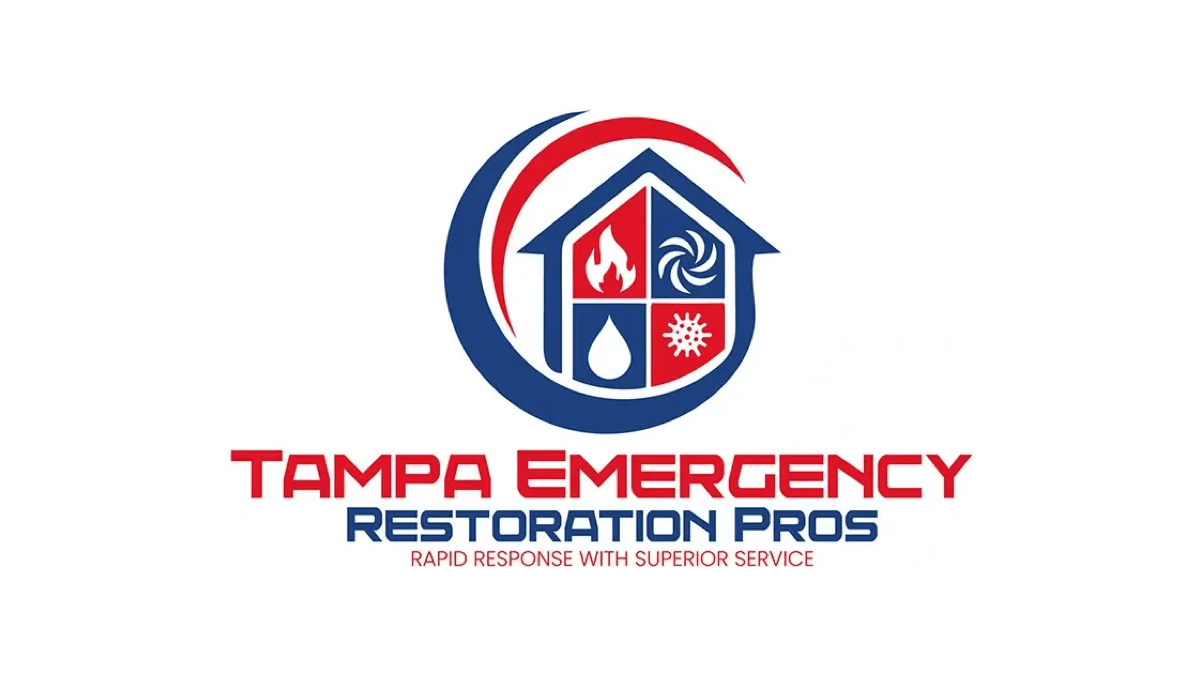
Other Blogs You May Be Interested In
Categories
